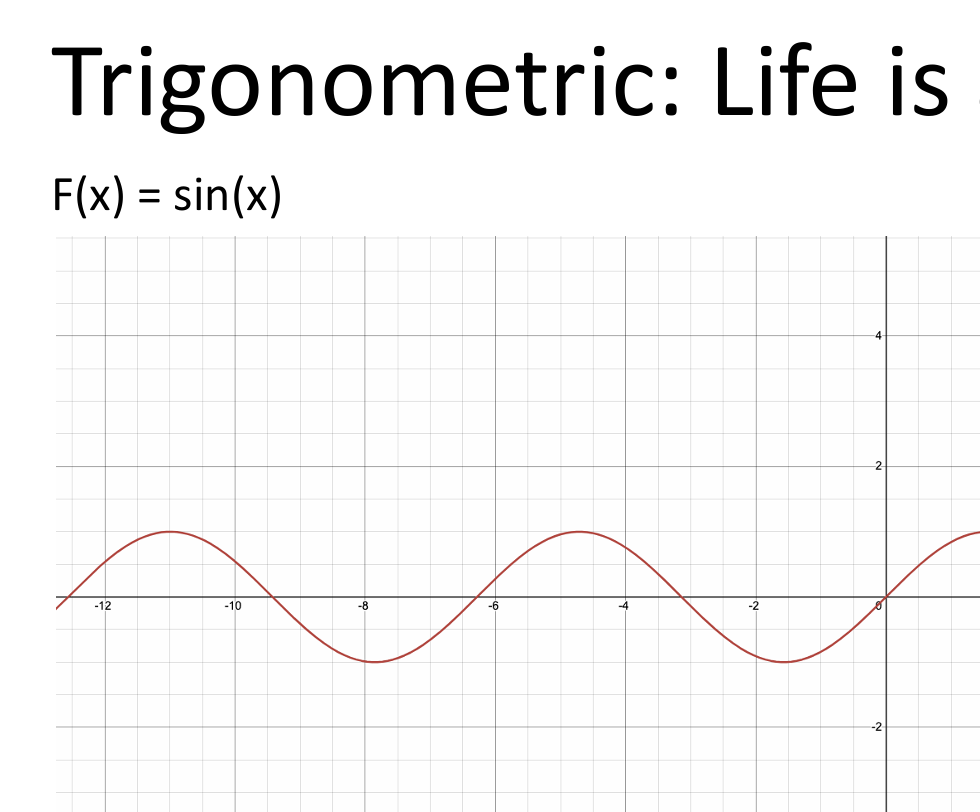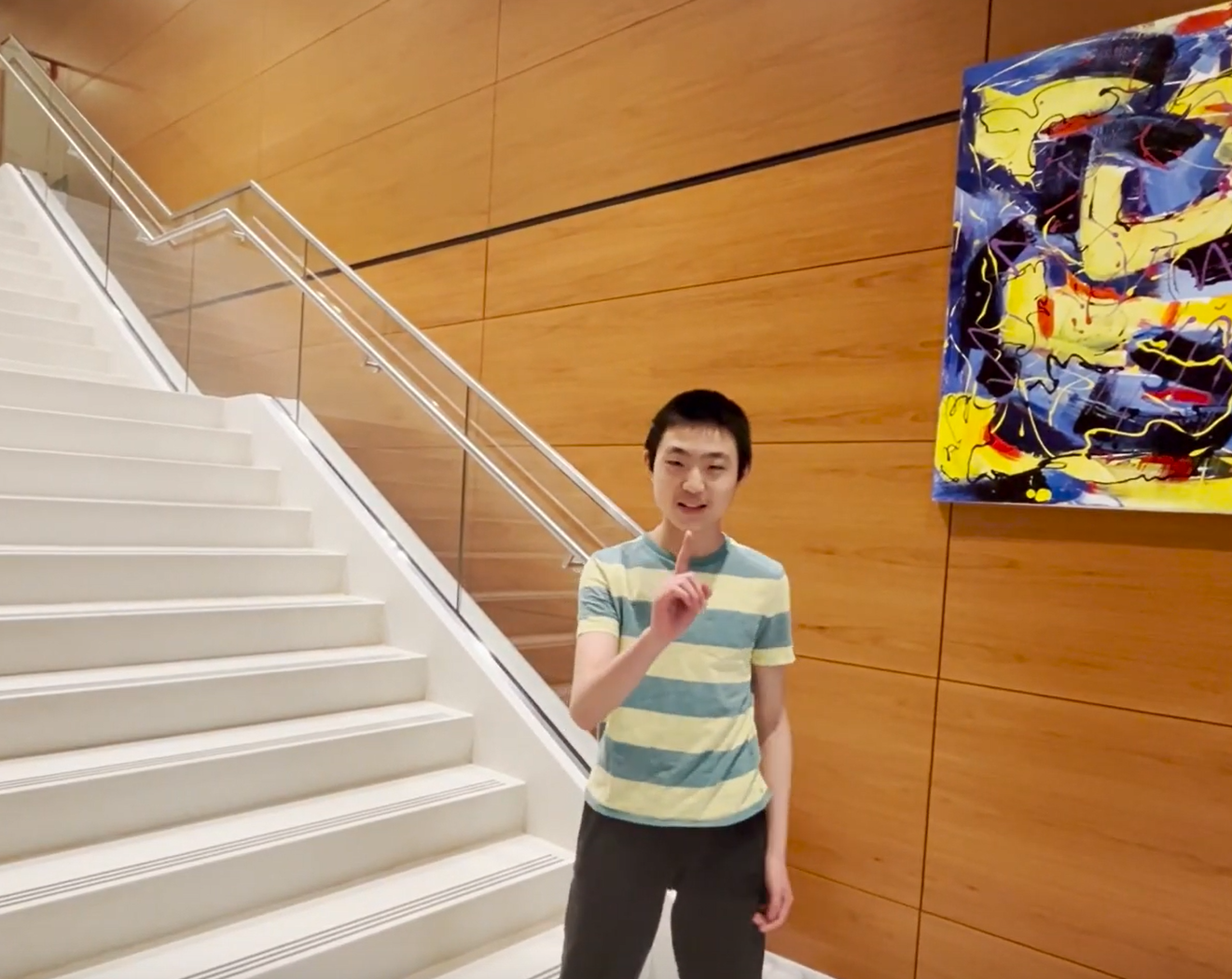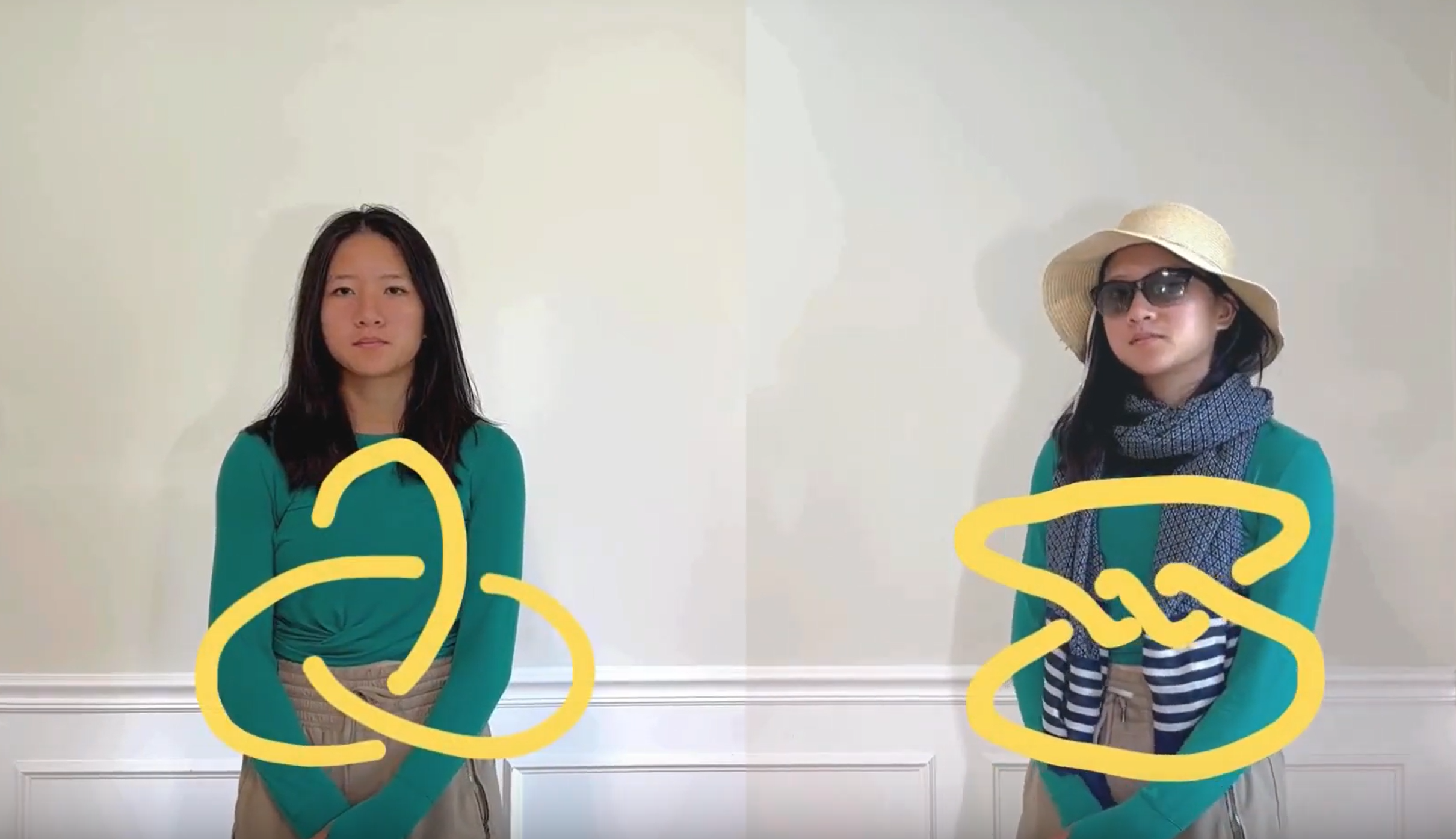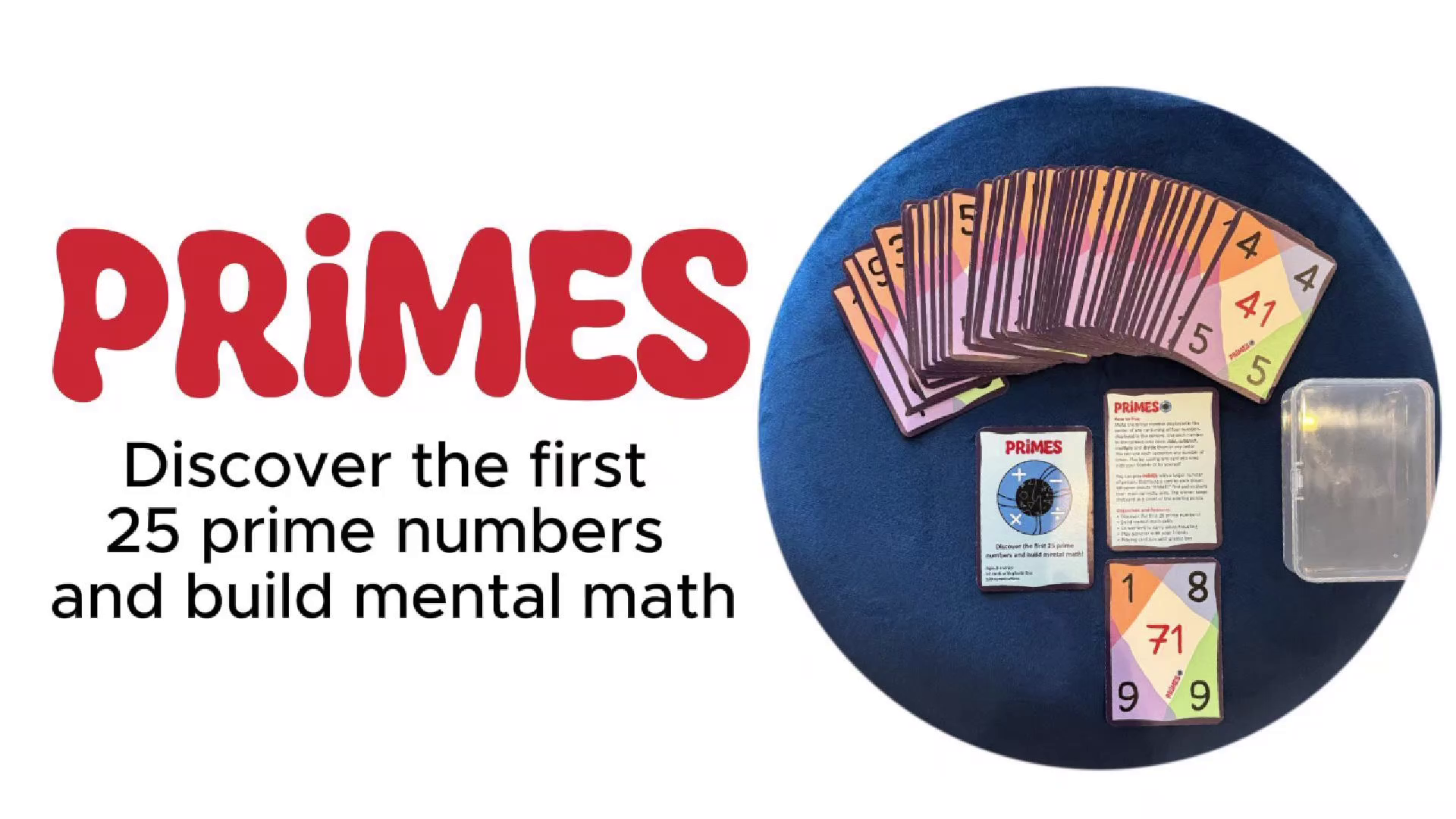MoMath and Brookhaven Lab celebrate
Pi Day 2021 with some interesting questions to ponder…
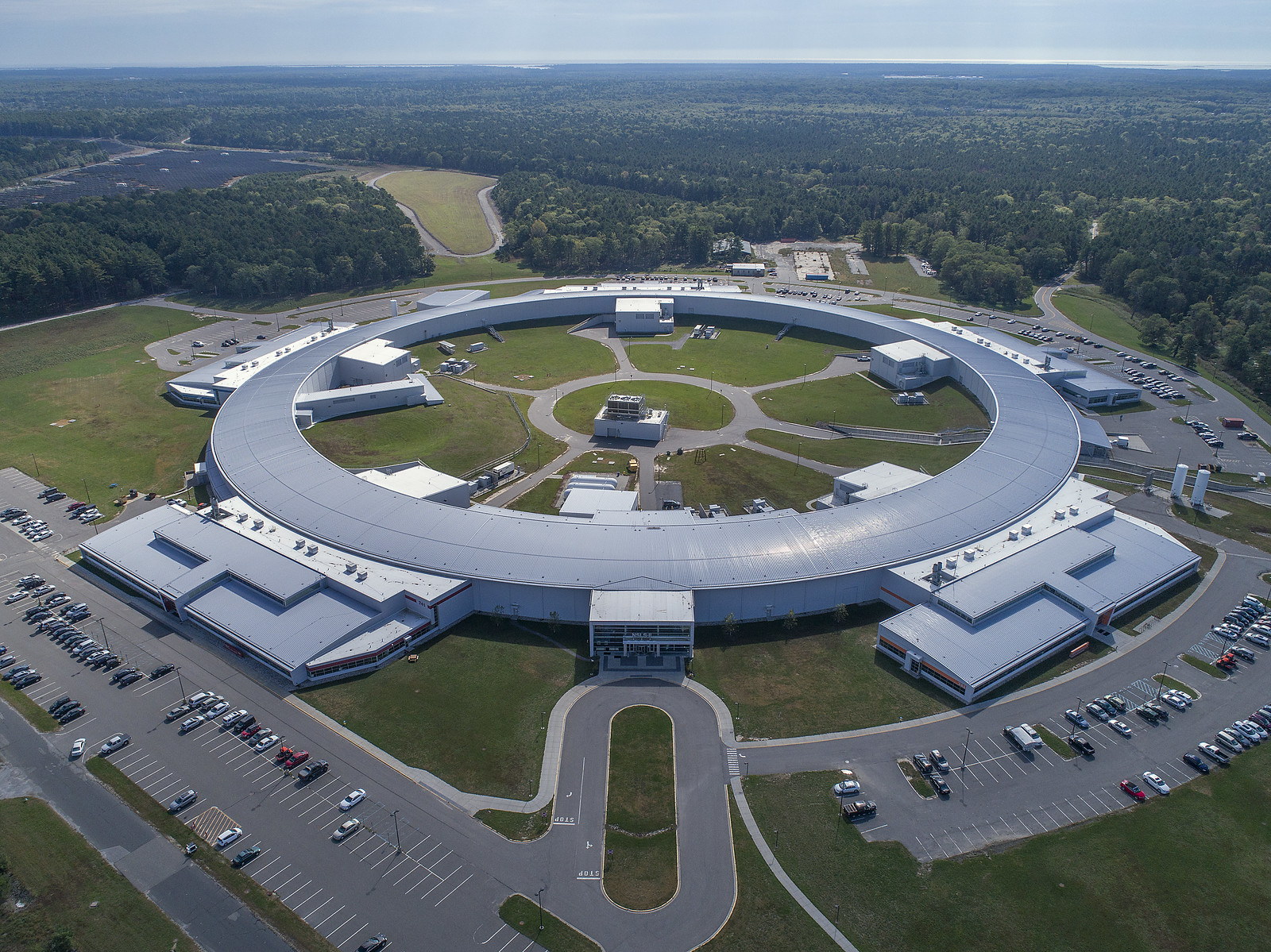 Photo credit: Brookhaven National Laboratory
Photo credit: Brookhaven National Laboratory
Pi is incredibly important in math and science and shows up in all kinds of ways. At its core, pi is what you get when you divide the distance around a circle (that is, its “circumference”) by the distance straight through its center (called its “diameter”). But wait, which circle? It is a rather deep fact that this ratio is the same, no matter what circle you draw. In fact, you could even draw a circle that’s 250 meters in diameter. Since pi is around 3.14, that means that its circumference would be about 3.14×250 ≈ 790 meters. And in fact, that’s almost exactly the circumference of The National Synchrotron Light Source II at Brookhaven National Laboratory in Upton, New York on Long Island.
Question 1:
See how there’s a circular walkway in the middle of the synchrotron? If its circumference were 160 meters, what would its diameter be? Pi can help you figure this out!
Question 2:
For more advanced math lovers, here’s a fun concentric circle problem:
As in the Brookhaven Lab synchrotron infrastructure (see image above), suppose there are two concentric circles, where the radius of the outer circle is twice the Golden Ratio (approximately 3.23) times the radius of the inner circle.
Two people choose points on the outer circle independently at random, and then starting walking towards each other at the same pace in order to greet each other. What is the probability that they will meet inside the inner circle?
Special thanks to Manjul Bhargava, MoMath’s Chief Mathematical Advisor, and Alex Kontorovich, MoMath’s Distinguished Visiting Professor for the Public Dissemination of Mathematics, for their help in creating this page.



